One Kilometre Assignment:
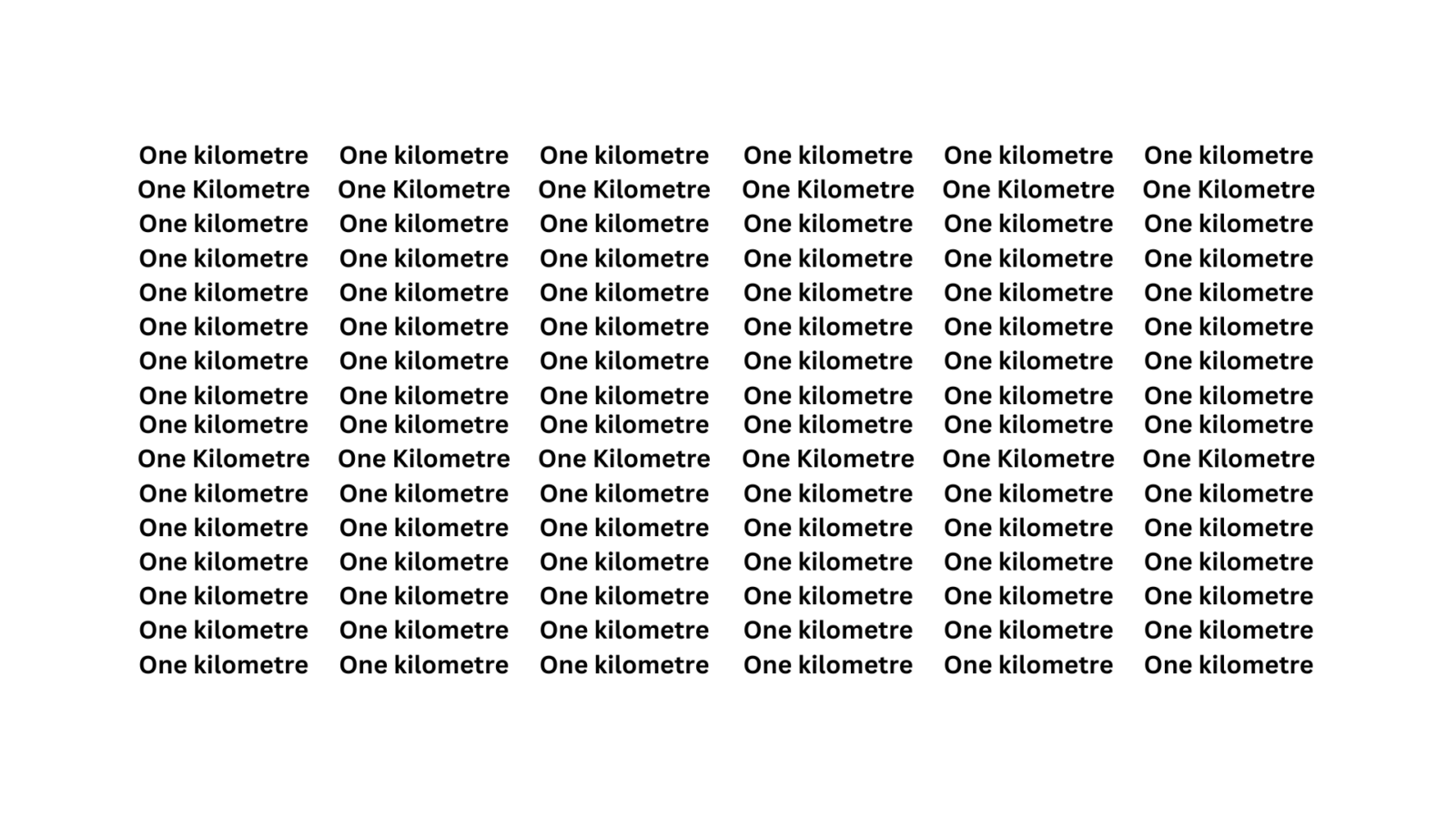
You might be wondering, what is this? Well, it’s just “one kilometre” written multiple times. But here’s the twist—it’s not just about the words. I wanted to break down the rigid idea of a kilometre being only a distance and explore what it could mean beyond that. What if a kilometre wasn’t something we walked, ran, or drove, but something we read, wrote, or experienced through time? That’s the concept behind my piece.
I decided to base my kilometre on driving time because it’s faster and more dynamic than walking. While walking one kilometre takes about 10–12 minutes (according to google), driving covers the same distance in just 1–2 minutes. It’s fleeting—gone almost before you know it. Using driving time felt like the perfect way to show how modern life ties distance to speed and efficiency.
To represent this, I wrote “one kilometre” repeatedly. The act of writing it again and again was my way of transforming the kilometre into something tangible—something you could read instead of walk. At first, I tested it by writing it 24 times, but that only lasted 30 seconds, which was too short to match the driving time. So, I doubled it to 48 repetitions, which came to around 1–2 minutes, aligning with the average time it takes to drive a kilometre. This process made me think about precision differently—not as a physical measurement, but as something rooted in time and experience.
For the presentation, I’ll take this one step further by projecting “one kilometre” onto a surface repeatedly for approximately 1.5 minutes, synchronized with the sounds of driving—like the hum of an engine or turn signals—or my voice reciting the phrase. The projection adds a fleeting, almost intangible quality to the kilometre, making it feel as brief and ephemeral as it does when we drive.
Ultimately, my project reimagines what a kilometre means. It doesn’t have to be a physical distance—it can be something you write, read, or experience through time. By breaking down this traditional idea, I hope to show that measurement isn’t just about numbers or space—it’s about how we perceive and interact with it in our daily lives.
One Feat, Three Ways
One Feat, Three Ways – Blinking
Blinking is an instinctive yet intimate act, a fleeting gesture of both vulnerability and communication. In this series, the simple action of blinking is transformed into a subtle, silent exchange—one that plays with rhythm, perception, and participation. Through three distinct video structures—Sequence, Loop, and One Shot—the act of blinking becomes a dynamic interaction, inviting both observation and engagement.
- Sequence: A structured exchange where each participant blinks one after another, forming a rhythmic pattern akin to a visual relay. This arrangement emphasizes anticipation and control, as the viewer follows the deliberate pacing of each blink, highlighting the individual within the collective.
- Loop: A continuous cycle where all three individuals blink at the camera simultaneously, removing hierarchy and creating a hypnotic, synchronous rhythm. The repetition blurs the distinction between individual and group, reinforcing the cyclical nature of blinking as both an unconscious function and a shared experience.
- One Shot: A direct confrontation between two individuals engaging in a silent blinking ‘tag.’ Through eye contact and shifting frequencies, the game unfolds organically, creating tension and playfulness within the frame. The unpredictability of the exchange leaves room for spontaneity, drawing the audience into the immediacy of the moment.
A cohesive yet varied color palette enhances the depth of each composition, while eye-level framing establishes an equal playing field, placing the viewer in direct engagement with the participants. Across all three formats, the videos explore the mechanics of nonverbal communication, turning an everyday gesture into a focal point of interaction, challenge, and subtle expression.
Audio Art
Echoes of a fading song explores how memories of sound evolve over time – sometimes vivid and clear, other times distant or distorted. By combining my own humming and singing with my friend’s voice, I aimed to capture the way memories shift, overlap, and eventually blur.
Process:
I began by recording my friend singing a soft, simple melody. I then layered my own voice—both humming and singing—to create a sense of echoes or fragments of the original tune. I also added effects like reverb and fading to mimic how memories can feel distant or hazy as time passes.
Meaning:
This piece reflects how we hold on to familiar sounds—like a childhood song or a comforting voice—but over time, those memories can change. By blending two voices separately, I wanted to symbolize how different perspectives or emotional states can shape how we remember the same moment. The gradual fading and distortion represent the way memories slip away yet leave traces behind.
Through this piece, I invite listeners to reflect on their own experiences with memory—how certain sounds linger, resurface, or feel just out of reach.
Conceptual Portrait
This conceptual portrait is a mixed-media collage based on the emotional and sensory fragments of my past week — a time shaped by spiritual reflection, academic pressure, moments of joy, and emotional exhaustion. Using the system of journaling my daily experiences and assigning each entry a specific color, I created a visual map of my inner world.
The process began with me recording my emotions and events each day, writing short journal phrases and color-coding them according to the feeling they evoked. These emotions were translated into a curated palette:
- Warm tones like peach, blush pink, and soft gold for joy, connection, and spiritual warmth (e.g. “Dinner with friends”, “Eid dress found”, “Juried Show Winner”).
- Cool tones like lavender, pale blue, and mint green for calm, comfort, and quiet moments (e.g. “Playing with my cat”, “Hanging out with my friend”, “Trying to rest”).
- Dark tones such as navy, charcoal, and deep crimson for stress, fatigue, and anxiety (e.g. “Photography deadline”, “Exhausted”, “Overwhelmed”).
- Neutrals and muted yellows represent changing external conditions, like the weather shifting from sunny to snowy again — mirroring inner instability.
Each journal entry was written on torn paper scraps and arranged into a layered collage, with textures and placements reflecting the intensity or lightness of each emotion. The structure forms a kind of emotional landscape — the system itself becoming the art.
Small icons (a cat, a sun, a snowflake) and textures help anchor these emotions to real events, yet nothing is shown literally. The final piece is not a self-portrait in the traditional sense, but rather a portrait of how I felt and experienced the world across one complex, bittersweet week.
This project was created with urgency but also with honesty — and it now lives as a visual archive of fleeting thoughts, moods, and the quiet emotional layers we often don’t get to show.
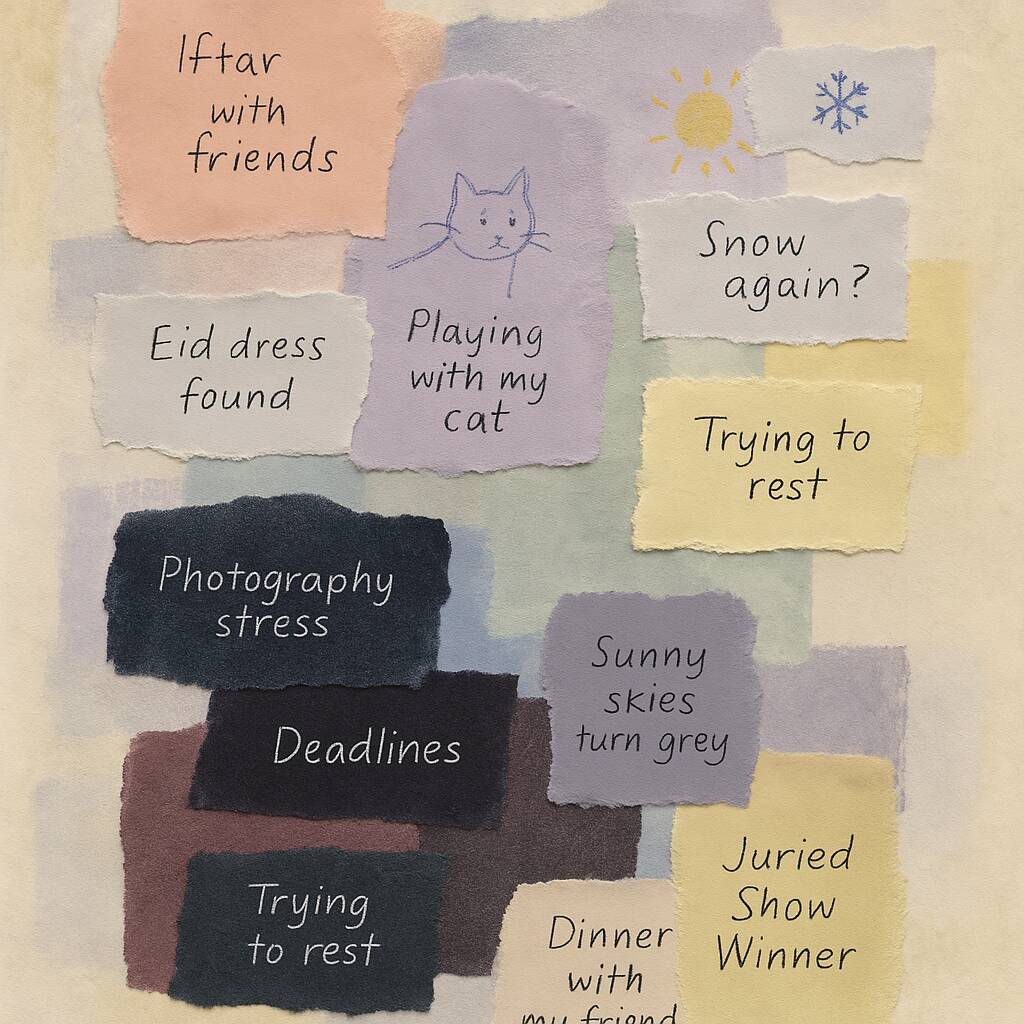
Artist Buttons
“Unseen conversations” – This button series explores the everyday experiences of Hijabi women who are often met with stares, assumptions, and silent judgment simply for wearing a scarf. As someone who wears the hijab, I created these buttons to confront the unspoken reactions and behaviors I — and many others — regularly face. Each design is a wearable conversation starter, meant to raise awareness, spark dialogue, and challenge perceptions.
Phrases like “Not Oppressed” and “Don’t Stare Just Ask” directly counter stereotypes and offer an invitation to understanding rather than assumption. “I Can Feel Your Stares” captures the discomfort and alienation that comes from being treated like an outsider in everyday spaces. Lastly, “Why Does My Hijab Change How You See Me?” asks a question many of us carry internally — one that forces the viewer to reflect on their own bias.
This project isn’t just about calling out behaviour — it’s about reclaiming narrative, affirming identity, and reminding people that behind the fabric is a human being with agency, pride, and a story worth listening to.

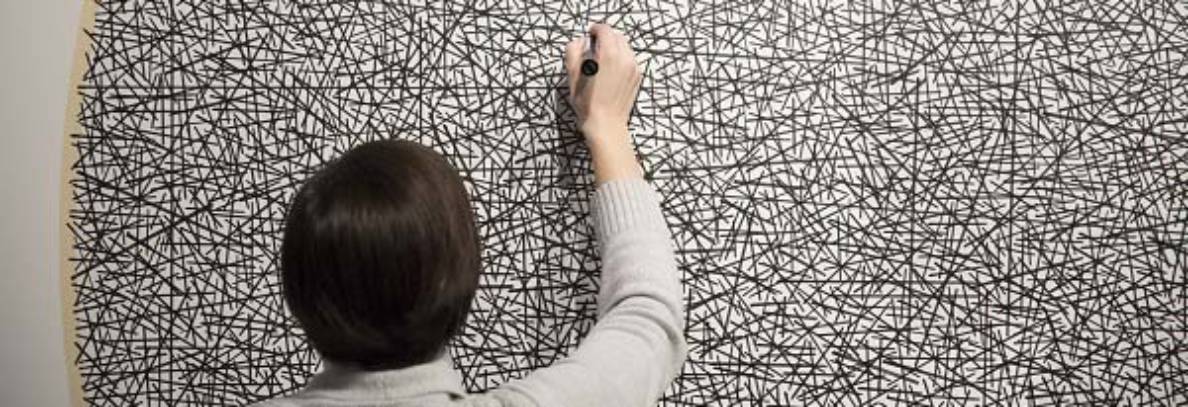
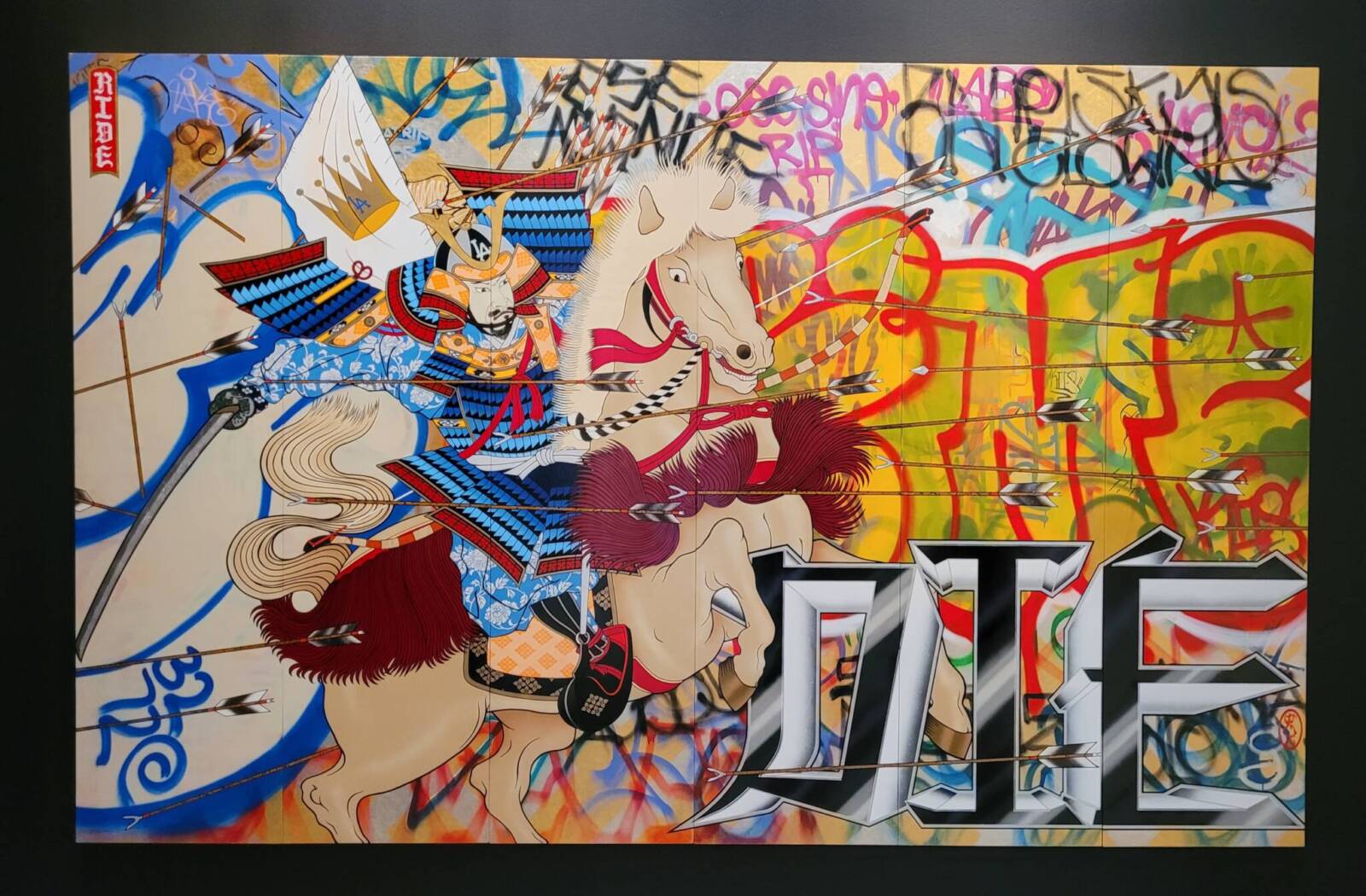
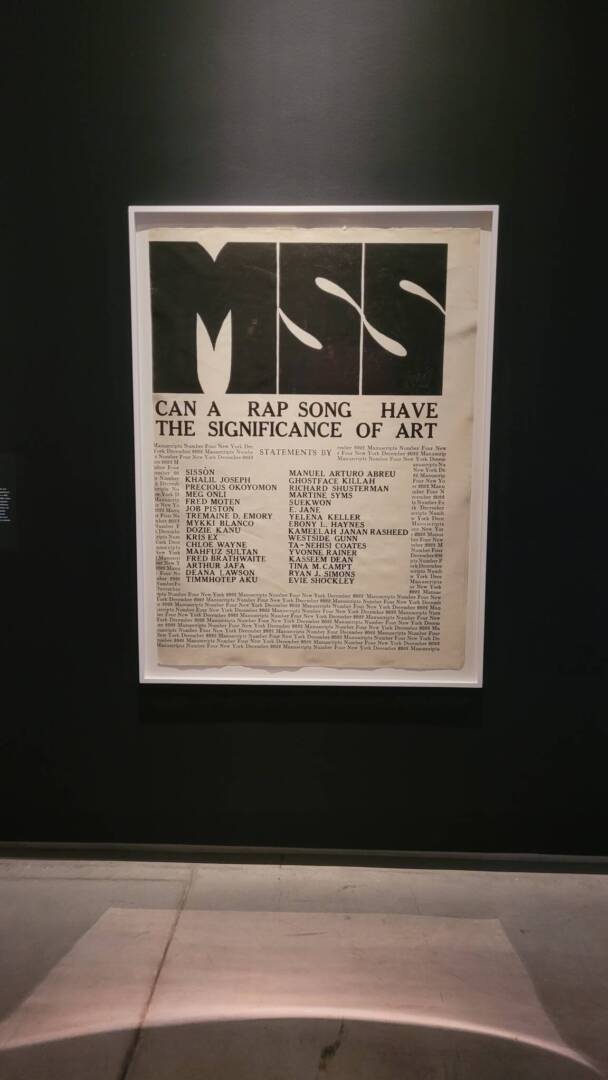
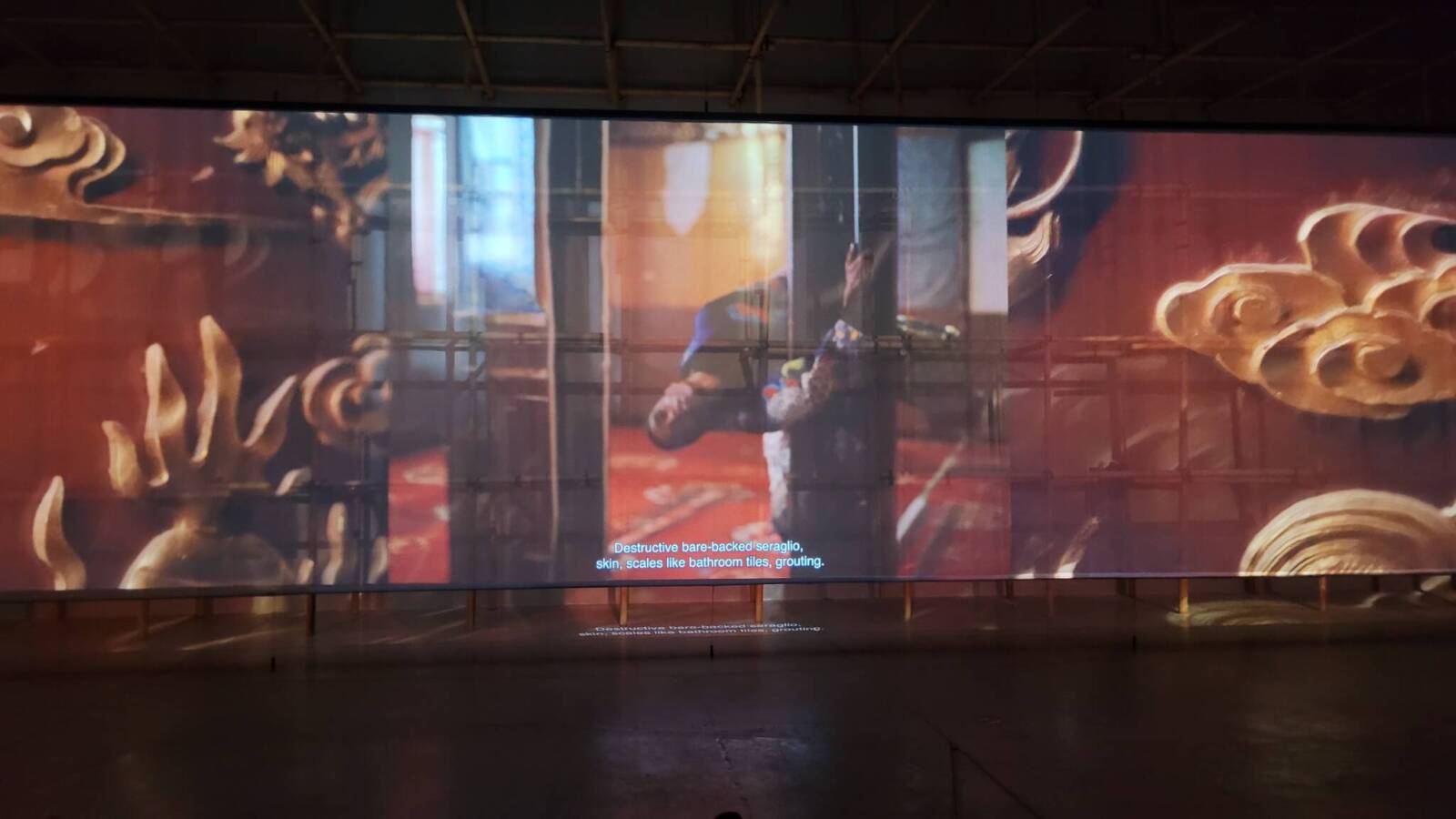
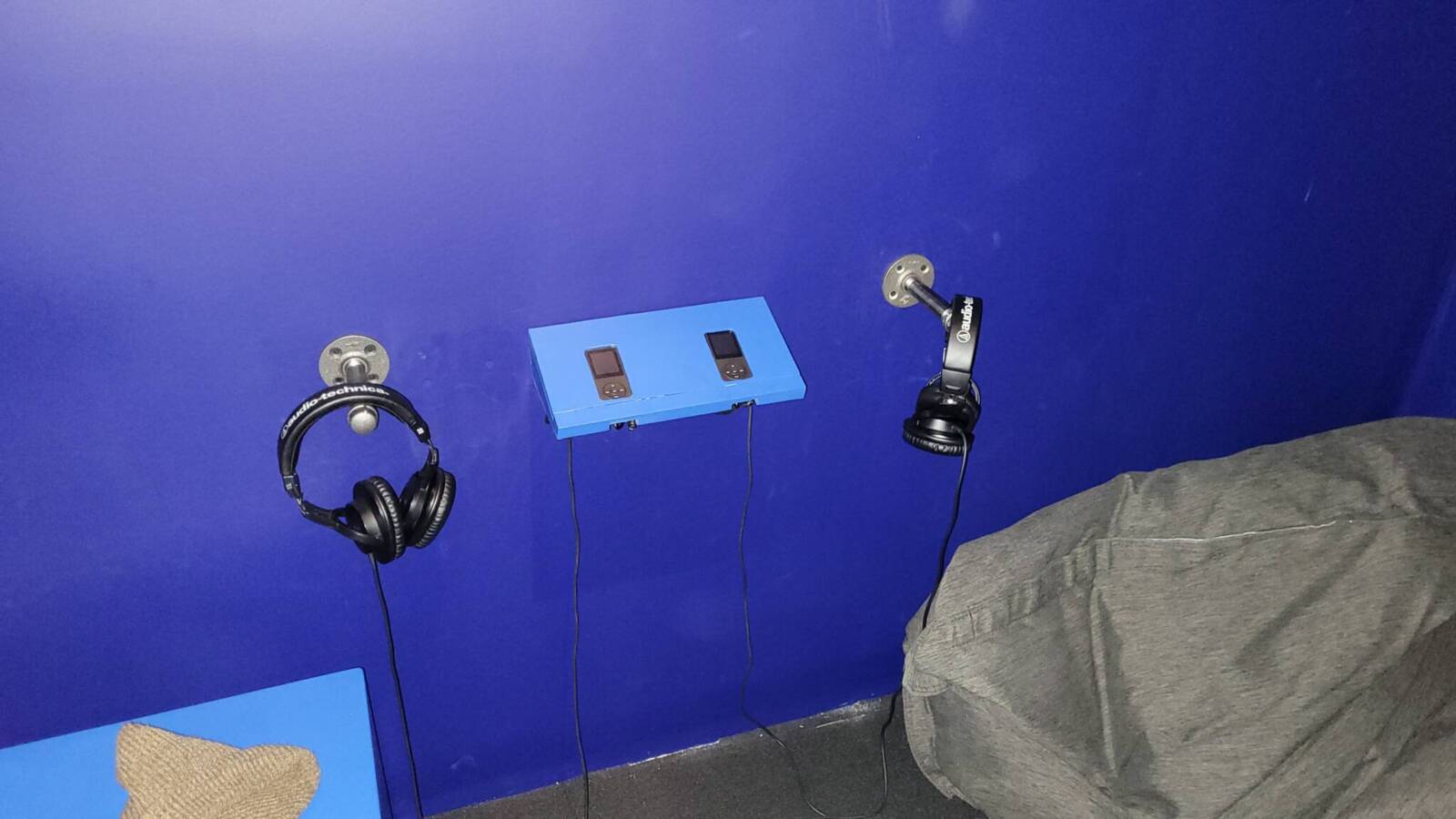
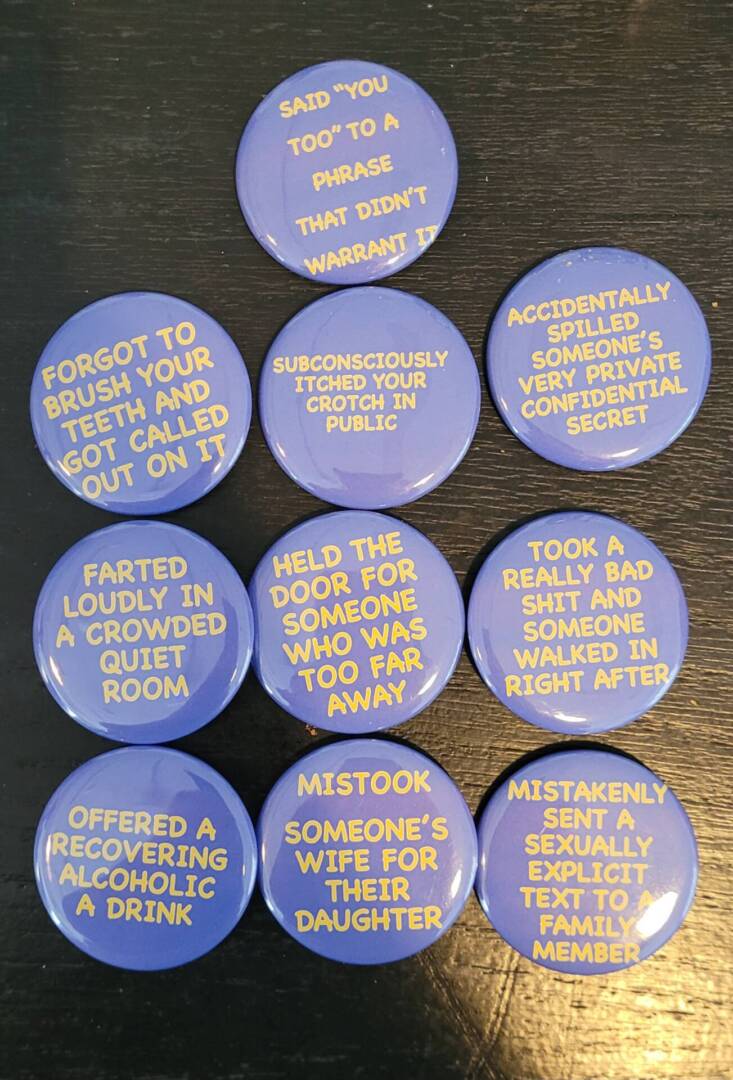
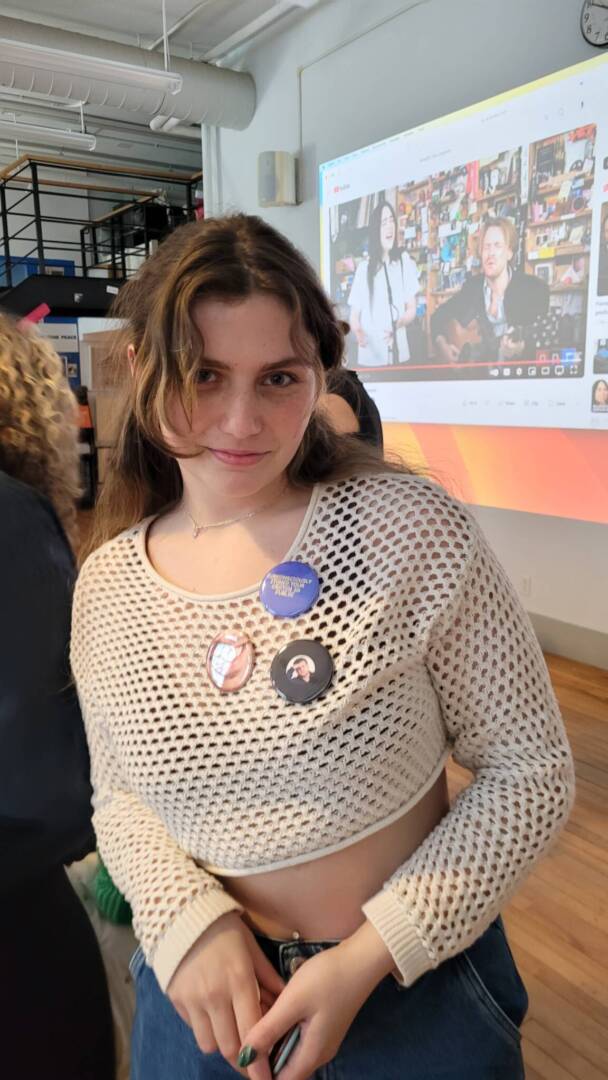

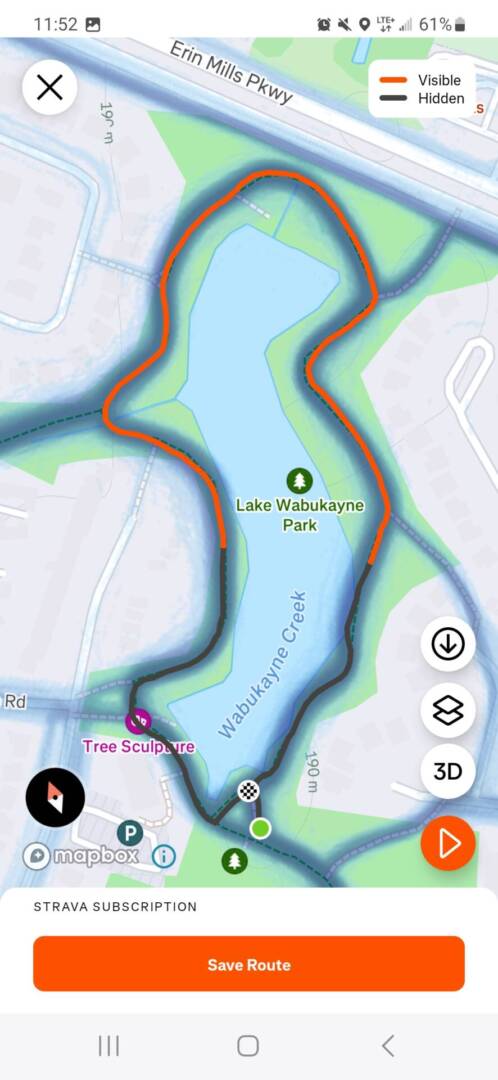
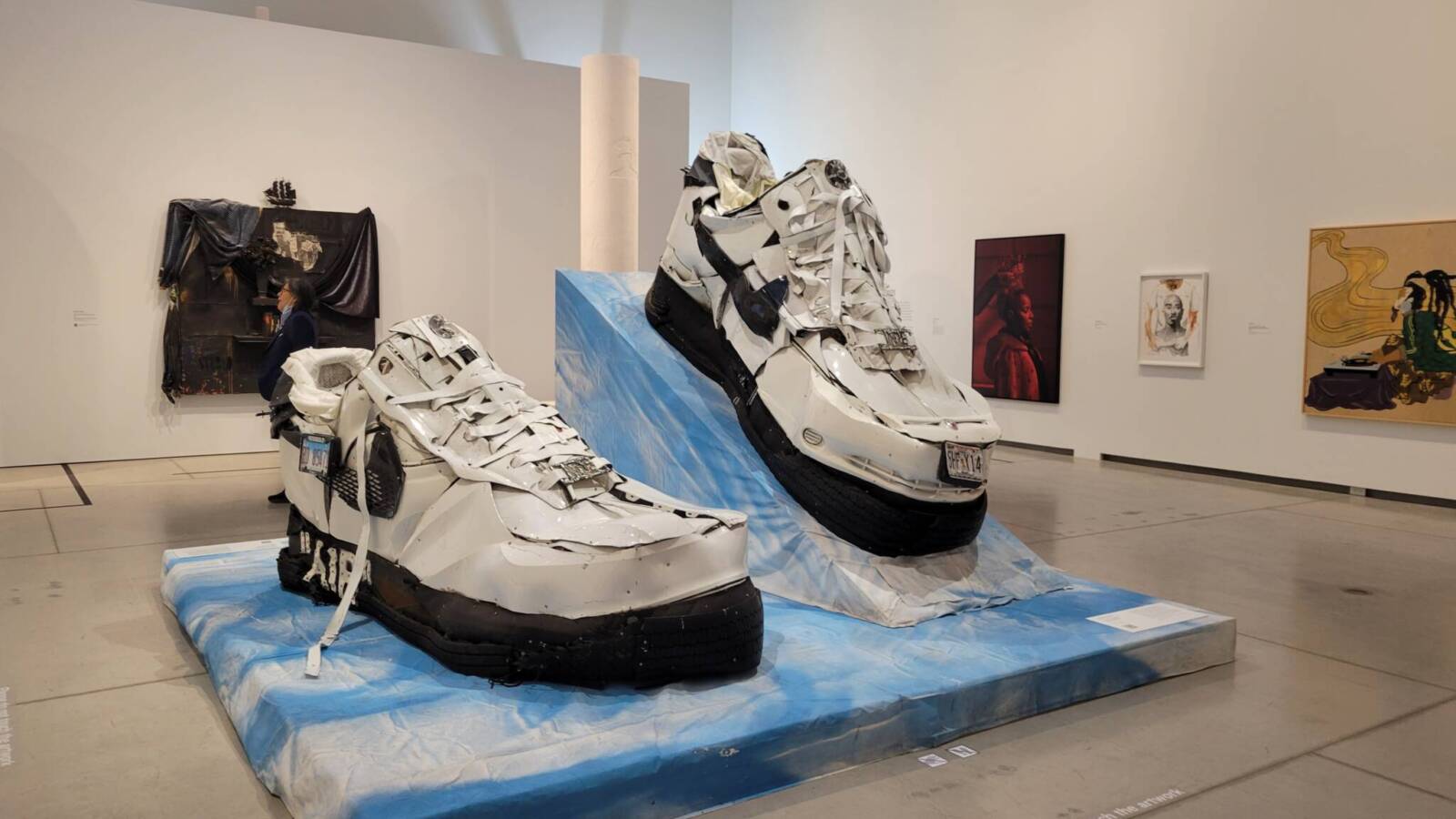
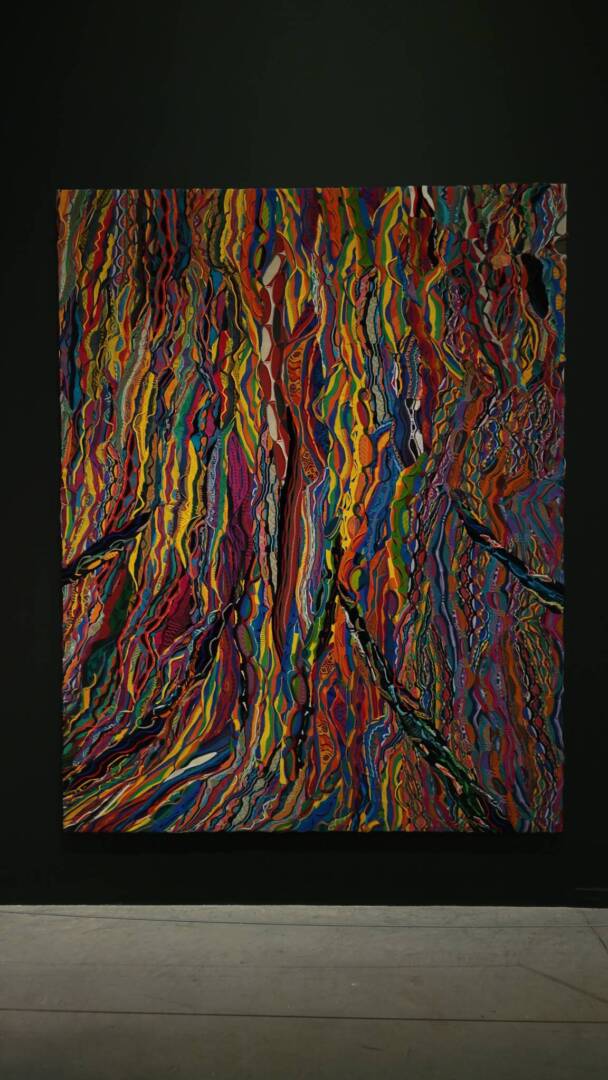

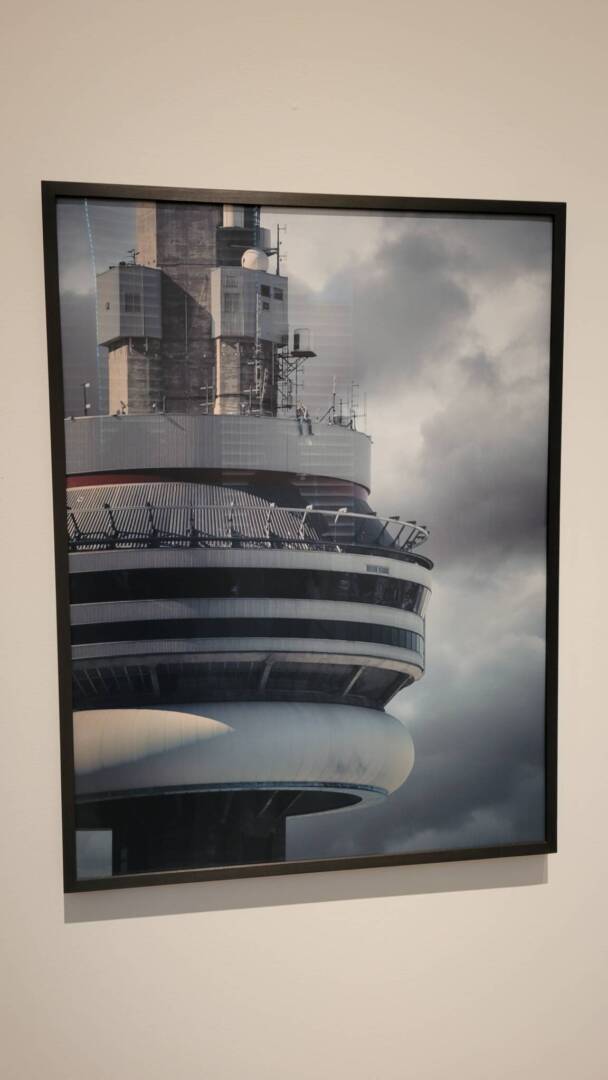
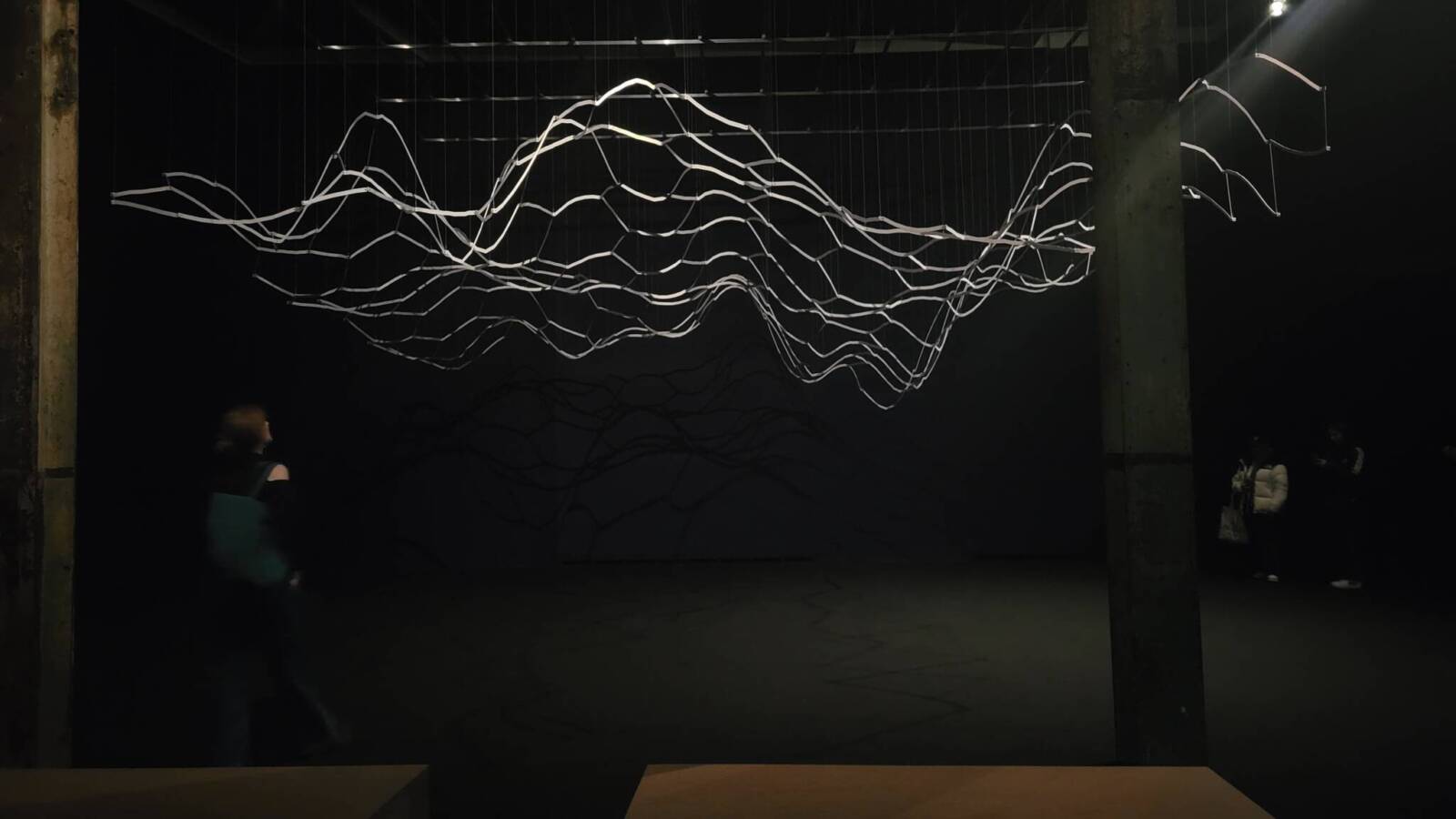
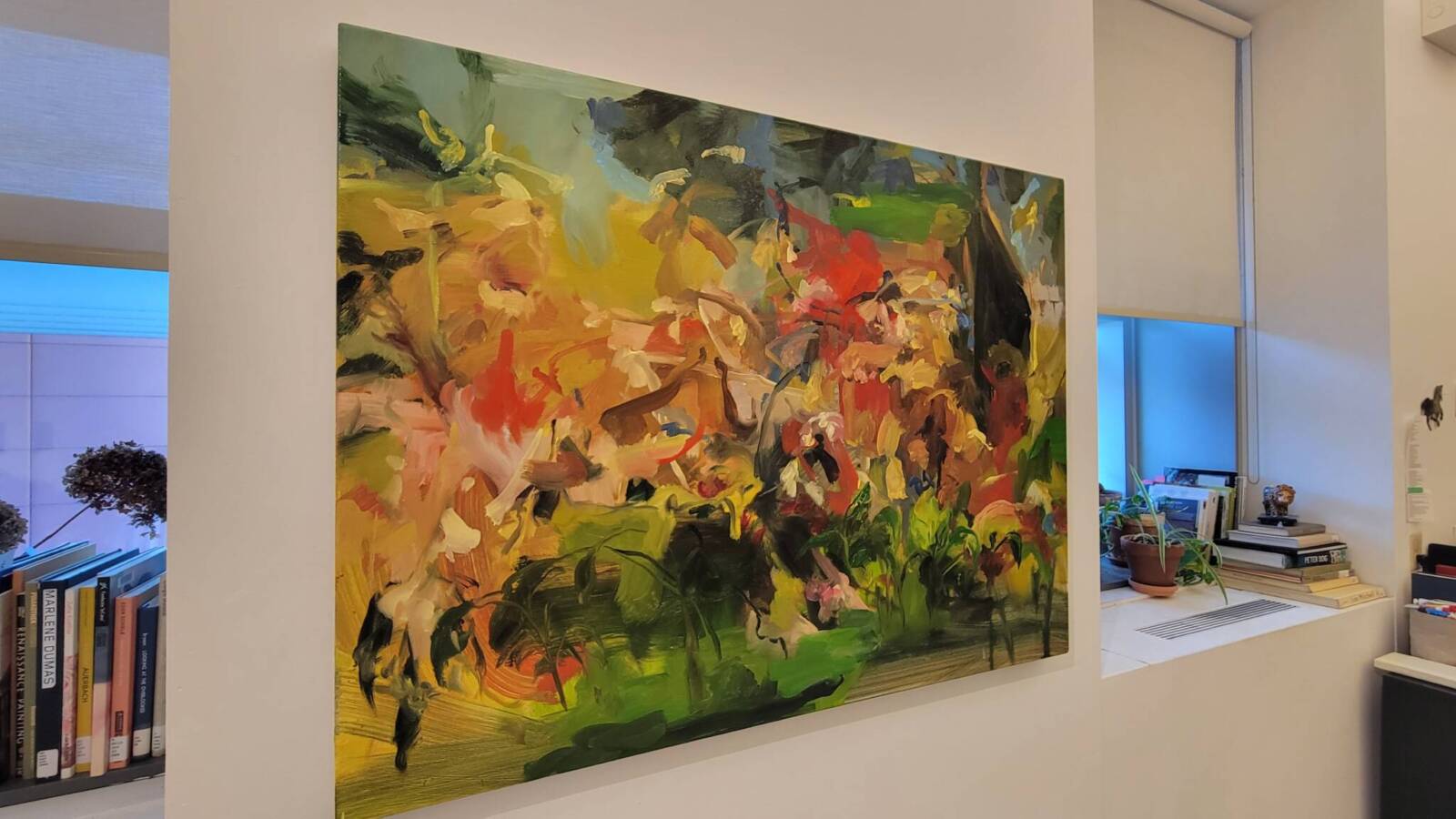
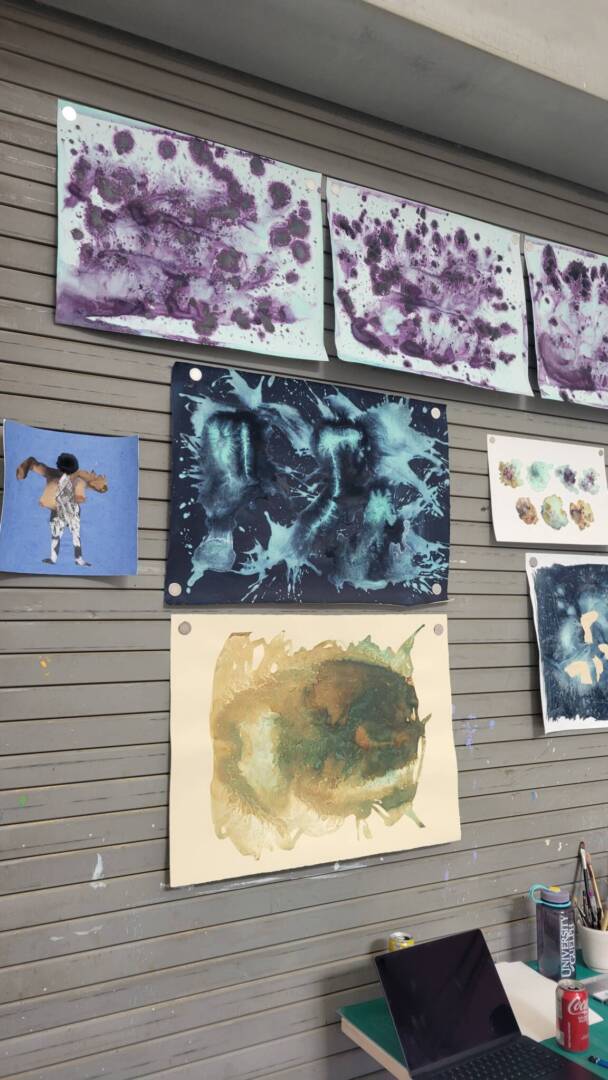
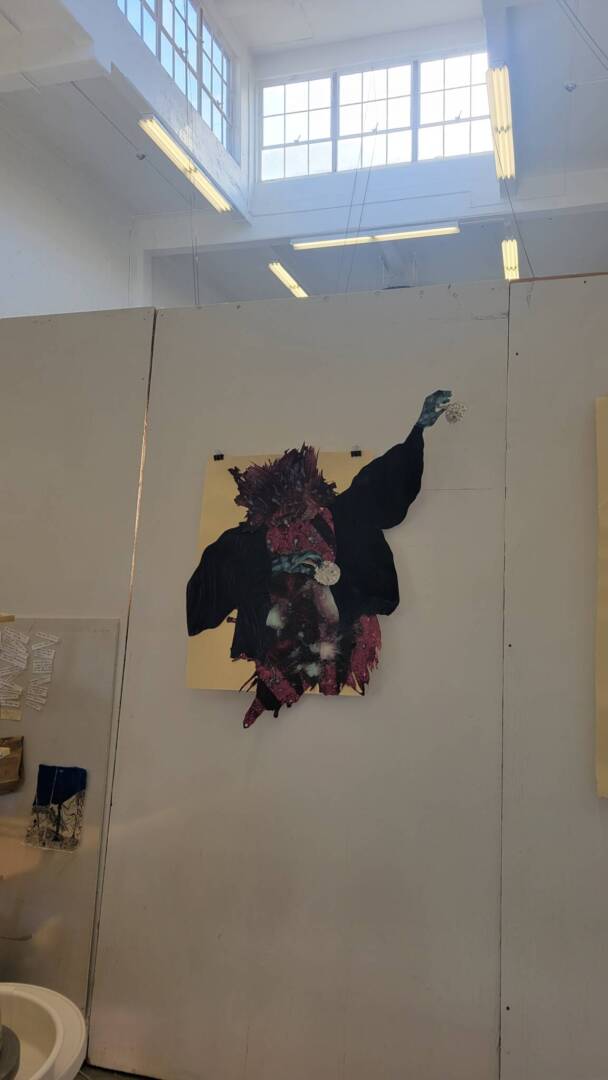
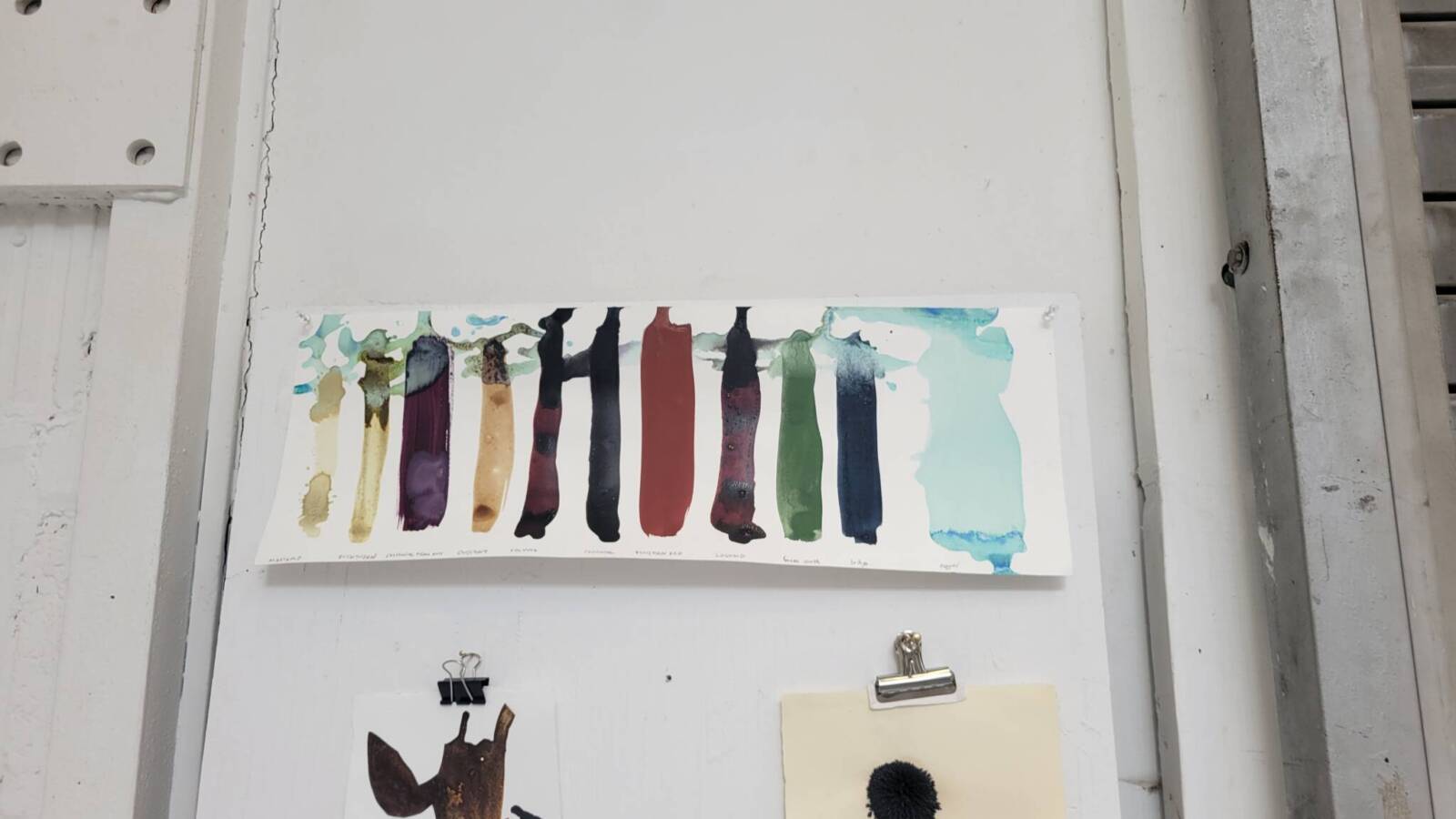
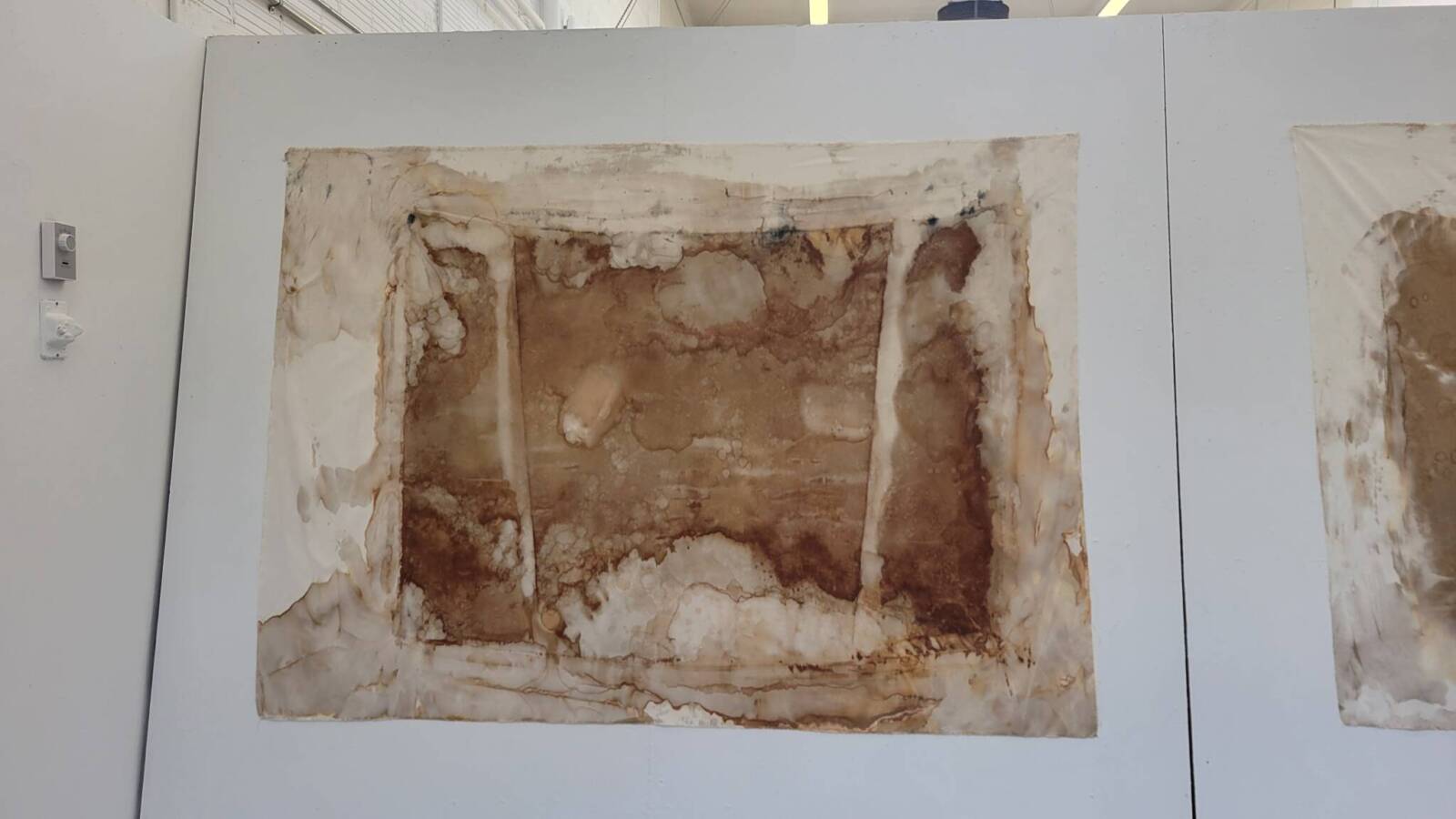
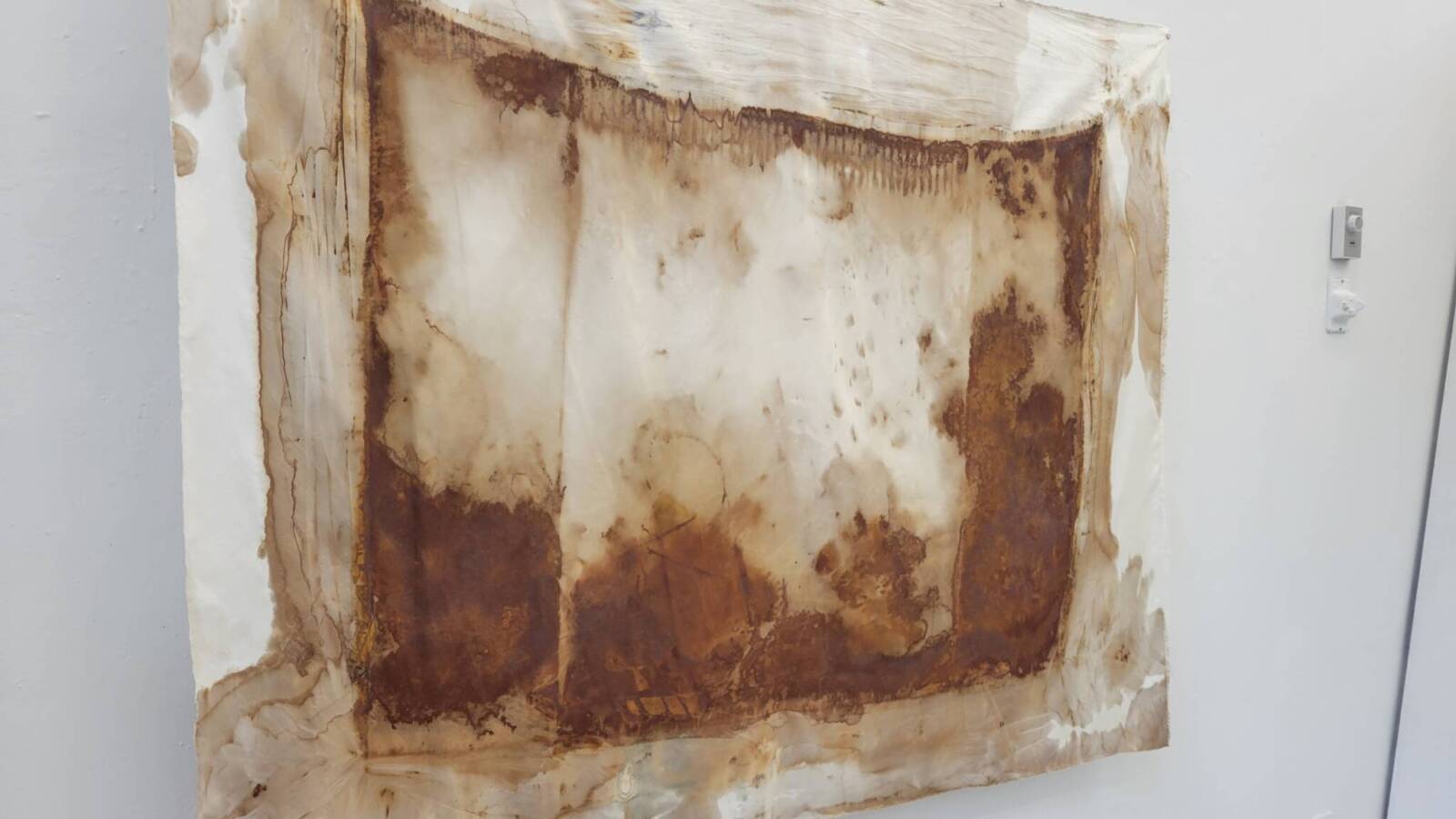
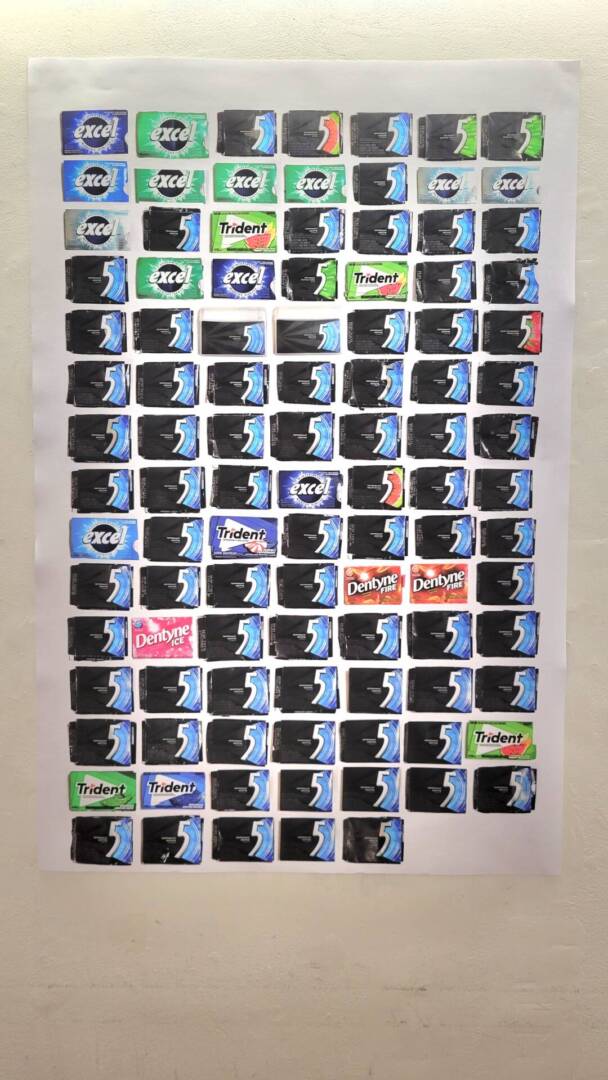
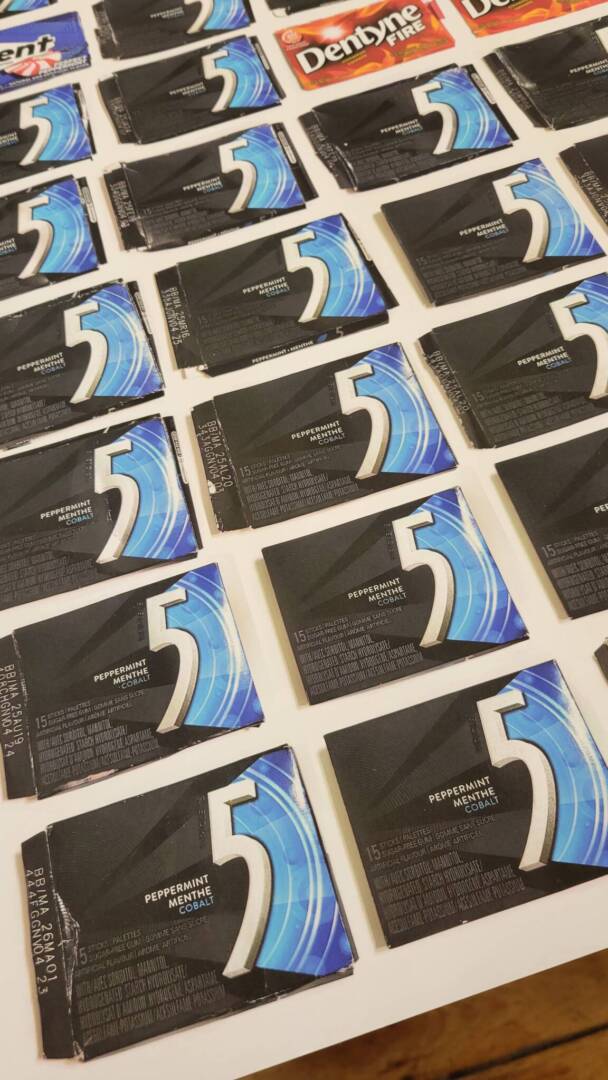
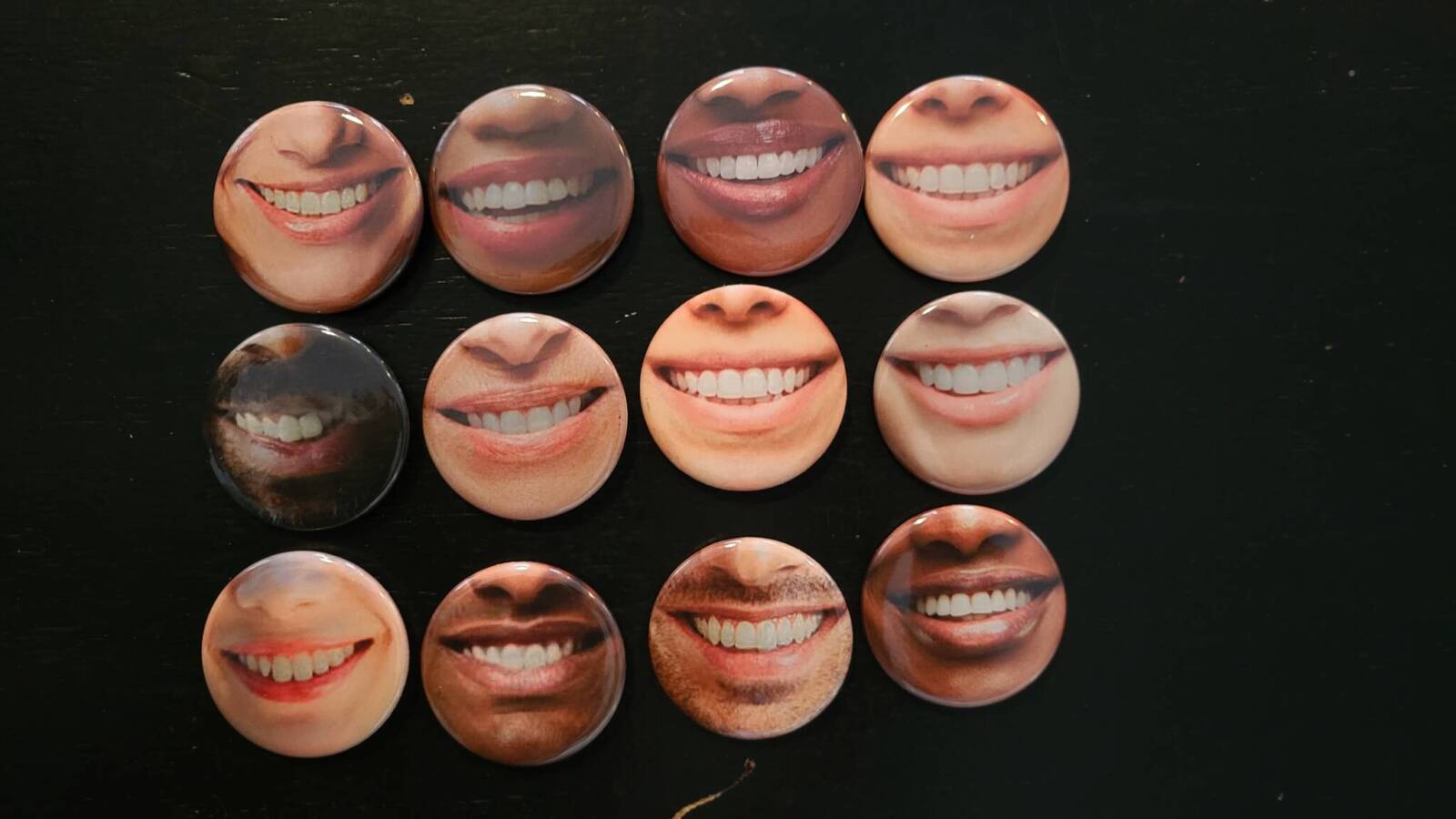
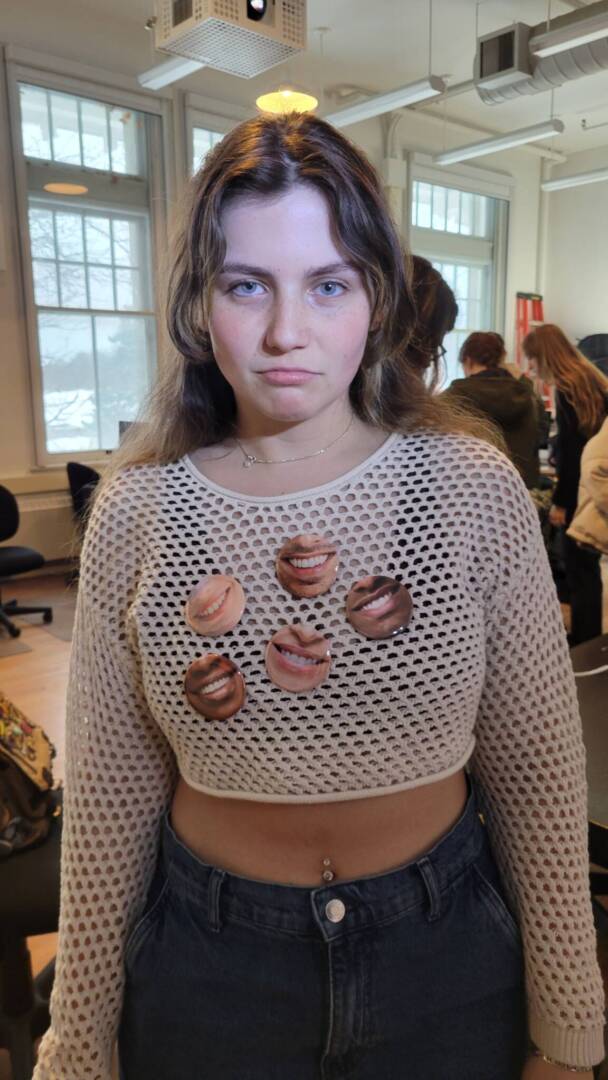
You must be logged in to post a comment.